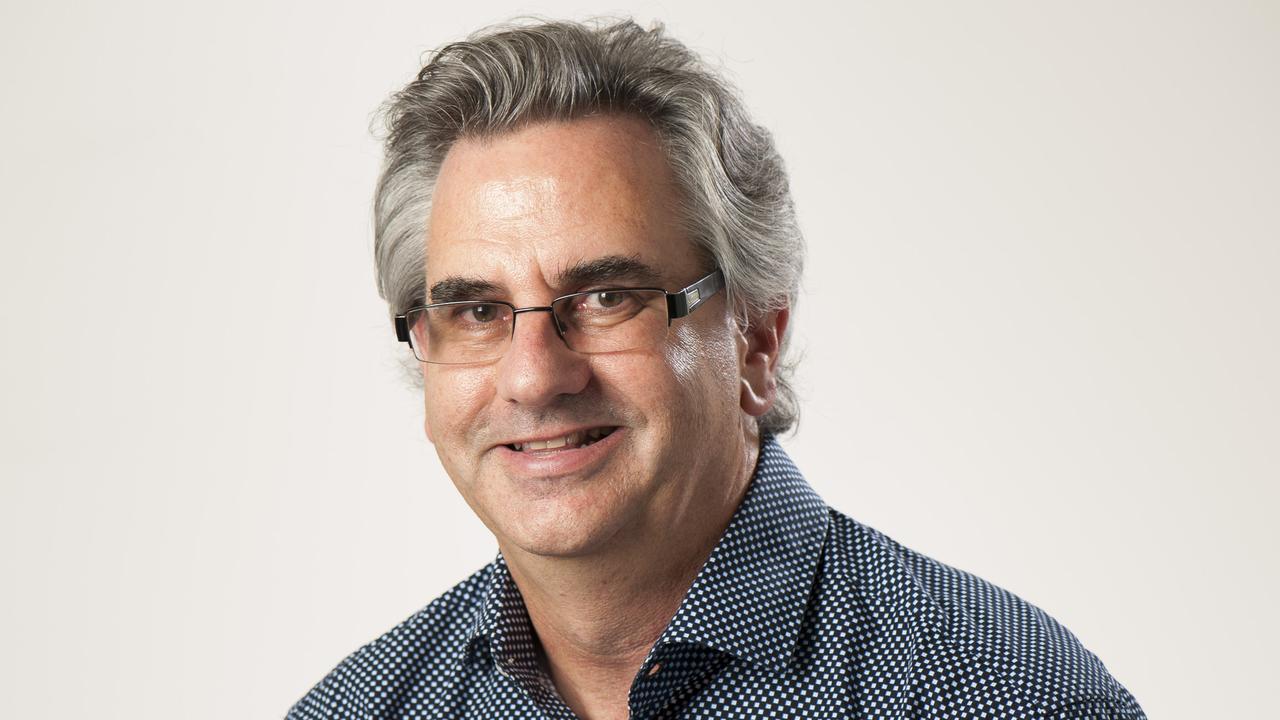Where have all the Asianists gone?
Getting space on Asia is no easy task because there is the complex interplay between public interest and media supply.

SIMON Marginson writes well on Australian domestic higher education issues, but a recent piece on Asia (HES, March 7) might not rank among his best.
He outlines the current rediscovery of Asia by Australia that spawned the Henry review, rehearses the hot points about economic and demographic growth, then makes the fair point that while the on-going debate about language acquisition is important, it should not halt broader engagement. There is a tentative survey of where Australia sits in Asia, what sort of Asia we want to engage with, an uncomfortable reminder of Howard era atmospherics, then advocates a balanced policy that suits Australia but upsets few of its inhabitants.
That is all unremarkable, though overlooks the fact that as a nation we have long lagged the competition - during the 1980s, for example, the University of British Columbia formally embraced the idea of the 21st century being the Asian one.
It is when Marginson gets to the role of higher education that some serious structural issues arise.
He argues that more university leaders and professors need to go public on the issues. He should have made the point, hard, that those professors are in short supply at this critical point. For example, the Australia India Institute at the University of Melbourne hosted a session assessing why Australia, once a world centre of expertise, is now so short of those skills. That is echoed by David Hill's recent paper on the serious decline in Indonesian expertise, remembering that the ANU hosted a world-leading research group. On China we still have world figures like Geremie Barme, and for years people like David Chandler at Monash led world research on Indo-China. For many observers now, though, the question is not about those leading figures, but where their successors might come from.
The obvious question is why this expertise cave-in happened. At the risk of generalisation, there are three broad sources.
First, the tightened higher education funding regimes of the past 20 years that pressured not only language studies but broader area programs.
That linked to the second: changing student demand allied with curriculum change. It is no coincidence that the decline in Asia literacy was paralleled by the rise in business and professional studies as job market stress escalated.
The third: that leadership level - little more than 10 years ago delegation to India struggled to find a lead vice-chancellor. There was zero interest in India, even as a student source, with one or two exceptions.
The sector bears responsibility here because the Asia focus got lost amidst the welter of reforms and funding shifts, and the rise of export market mania. Marginson considers that market a strength in future engagement. Many client countries, India included, still see Australia and others as more of a commercial and cultural threat - the complexities of India's foreign higher education providers' bill best signifies that.
Simon Marginson's argument about leaders and professors going public is important, but again masks more than it reveals. When the Asian Studies Association of Australia began over 30 years ago, among its first publications was a universities' Asian expertise guide distributed free to media outlets. A lot of effort went into that, for little real return because, of course, simply because those willing were available did not guarantee they would get a run. Even now, getting space on Asia is no easy task because, of course, there is the complex interplay between public interest and media supply.
That interfaces directly with public policy issues (that people like Michael Wesley reference) and public receptiveness.
The simple fact was that Australia had, and still does to some degree, the expertise in the higher education sector, but public disinterest in Asia and successive government reluctance to engage with it meant that the expertise went begging.
The Henry review is a classic demonstration. Marginson notes as an aside that trade and security dominates the background paper. Well, quite, the composition of the review team reflects government thinking. The estimable Peter Drysdale is the only higher education Asianist perched among the former head of Treasury, three senior civil service officials and two business sector people. That is not to question the qualities of those other people, simply to point out that the higher education sector struggles continuously to get a public policy beachhead in all this. Greg Sheridan was right: just do something, not run a review, because the knowledge and expertise exists.
Marginson might respond that academics need to get more assertive, and they are but mainly in the blogosphere and social media like The Conversation - but even there comes an under-representation of the Asia question, apart from around the announcement of the Henry review. That is another reminder of how hard it is to get these things heard, even if the story is good.
His call for enhanced research collaboration is fair, but as reminder rather than innovation. There are strong research teams all around Australia with Asian collaborations going back over 20 years. As Marginson himself points out elsewhere, the real story here is government investment in Asia being catastrophically unmatched in Australia, the rise of the National University of Singapore and China's 211/985 programs simply being the best known examples.
The key here is to create long-term, sustainable partnerships at national level. A genuine partnership between the federal government and the sector is the starting point, with serious investment the backbone, matched by what regional players see as genuine rather than opportunist interest.
Outside China, India and Singapore/Malaysia, there remain large areas where Australian assistance in capacity building would go a long way to achieving the results Simon Marginson wants to see.
Emeritus Professor Brian Stoddart is a former vice-chancellor at La Trobe University, a distinguished fellow of the Australia India Institute, and chief technical advisor for the Higher Education Quality and Capacity Improvement Project (HEQCIP) in Cambodia. He is now based in Phnom Penh.


